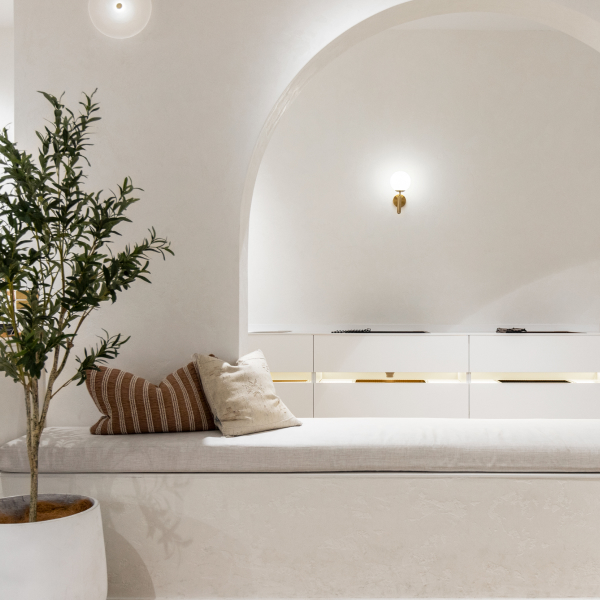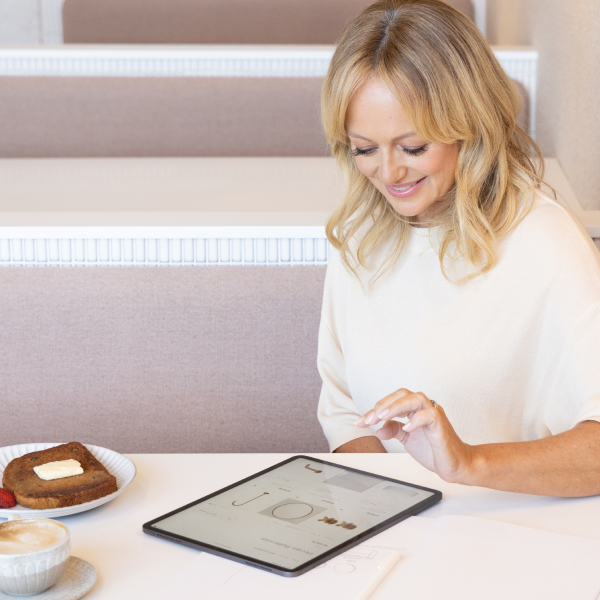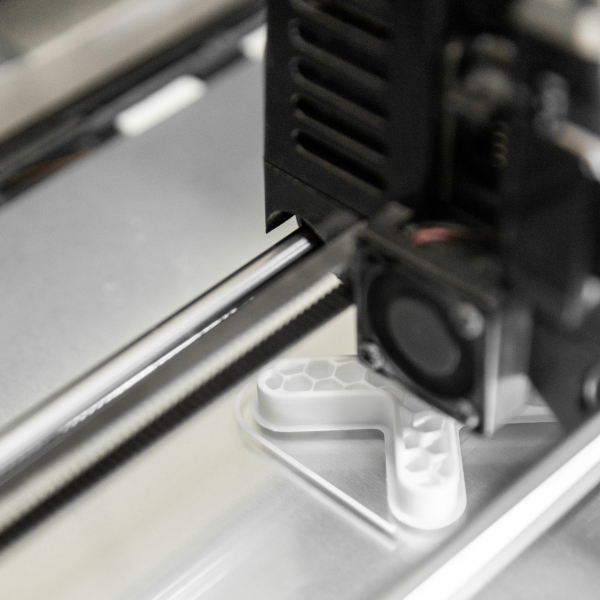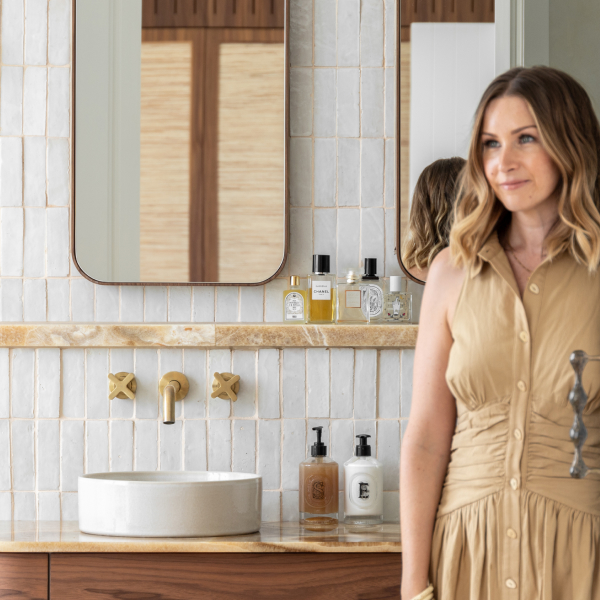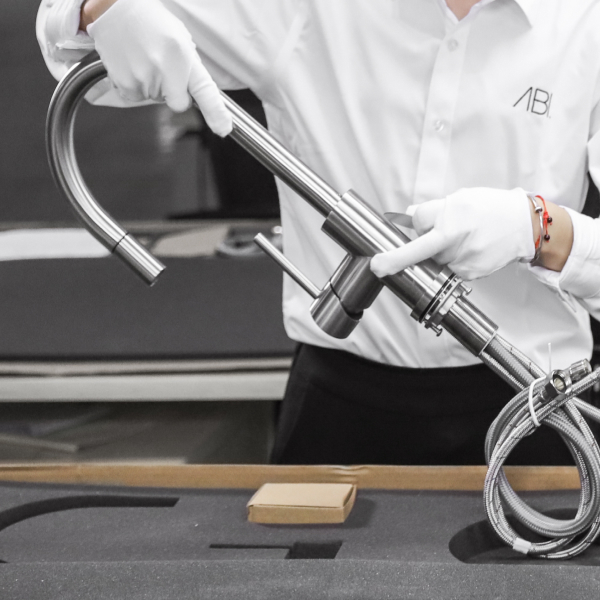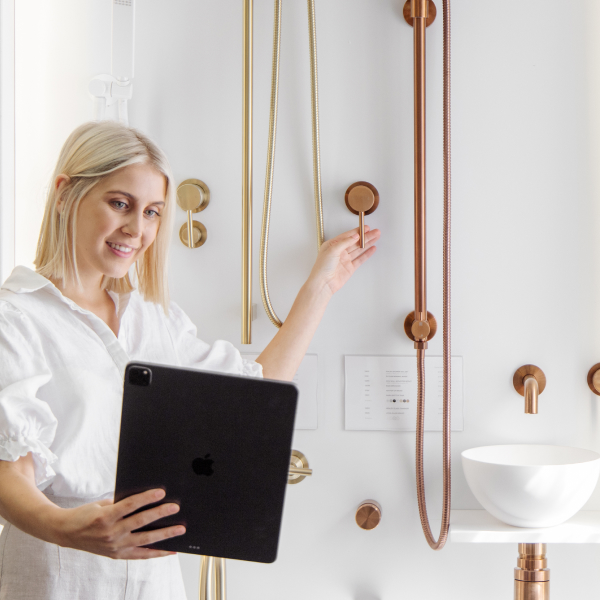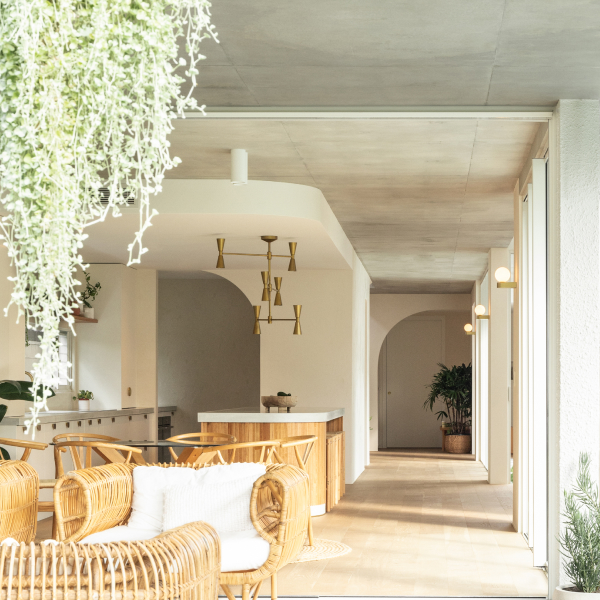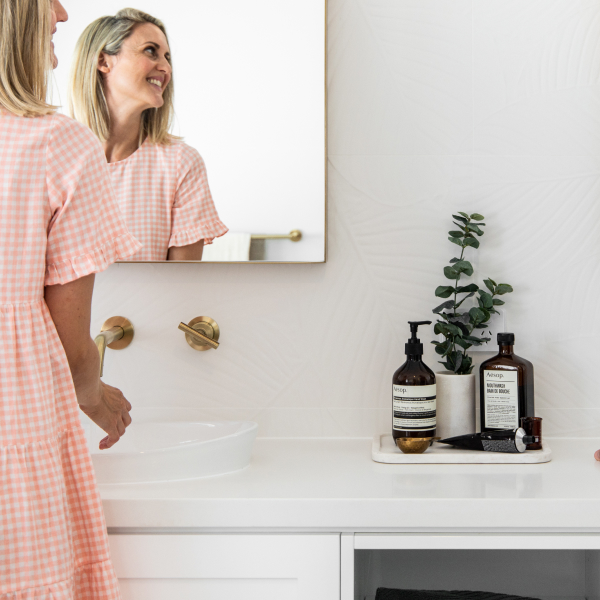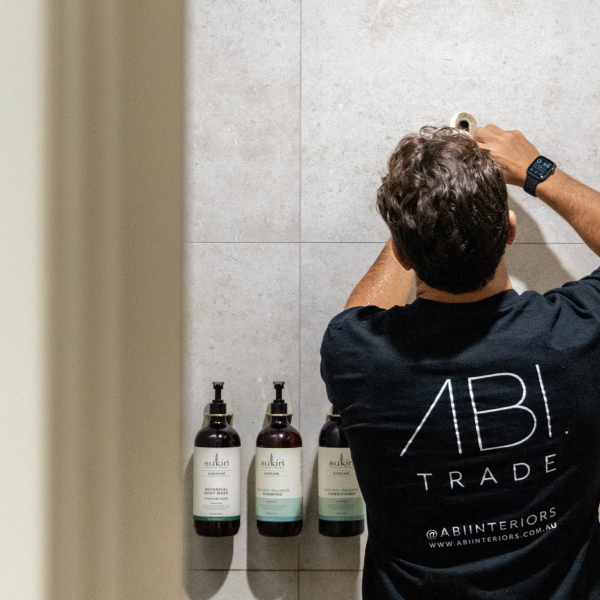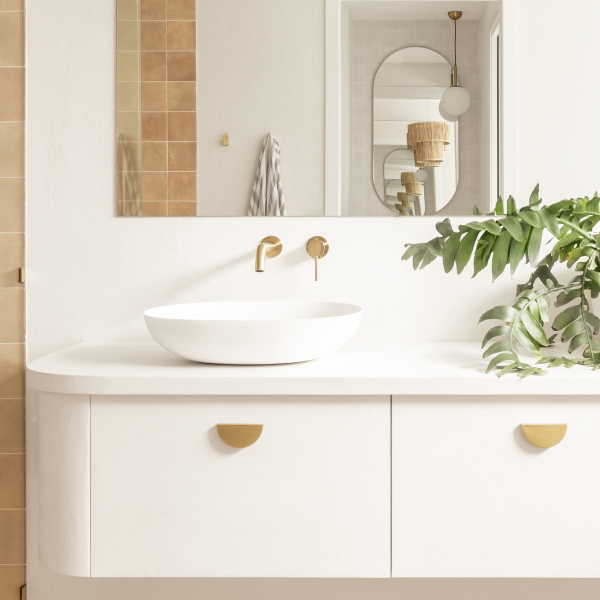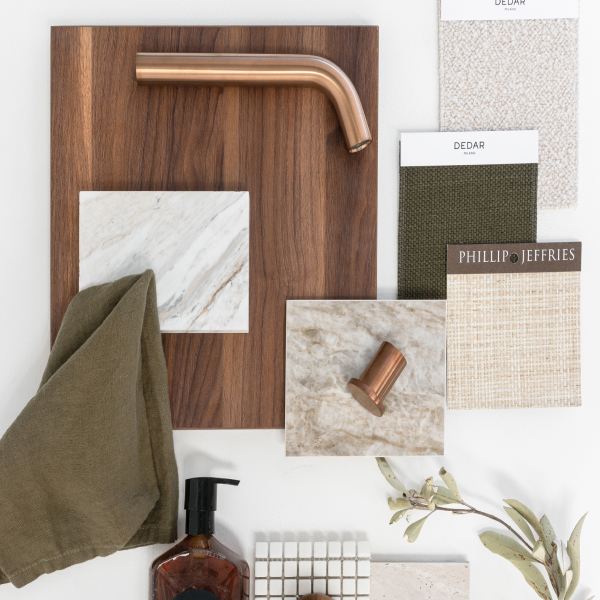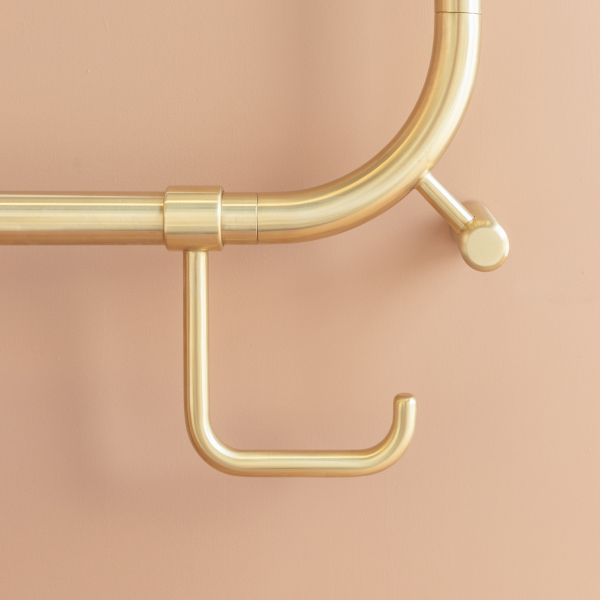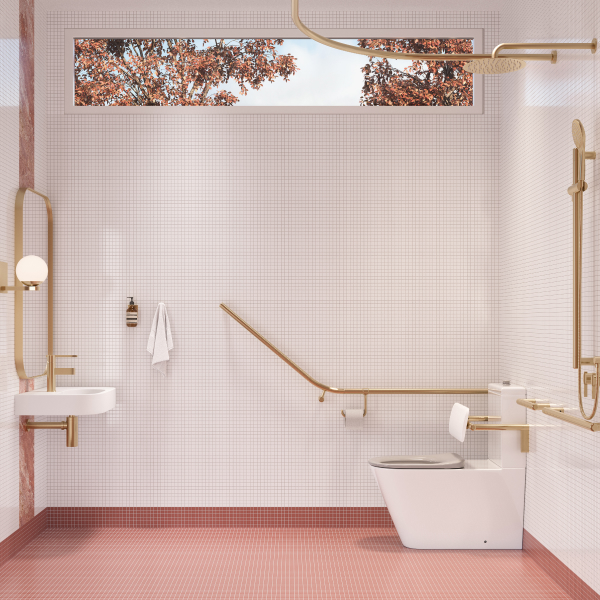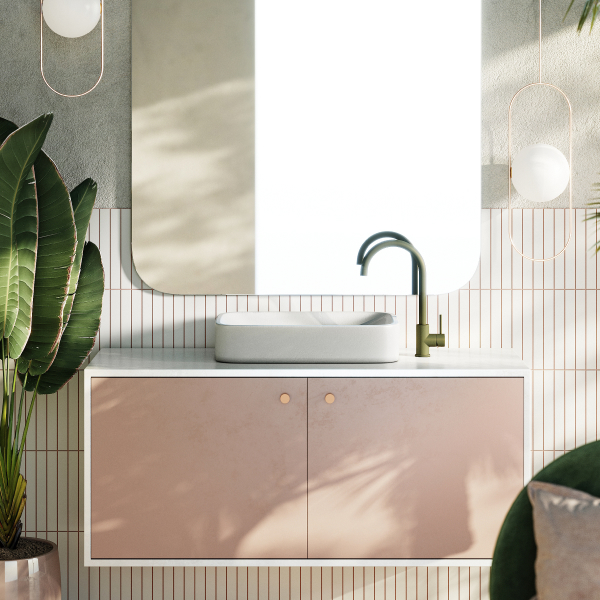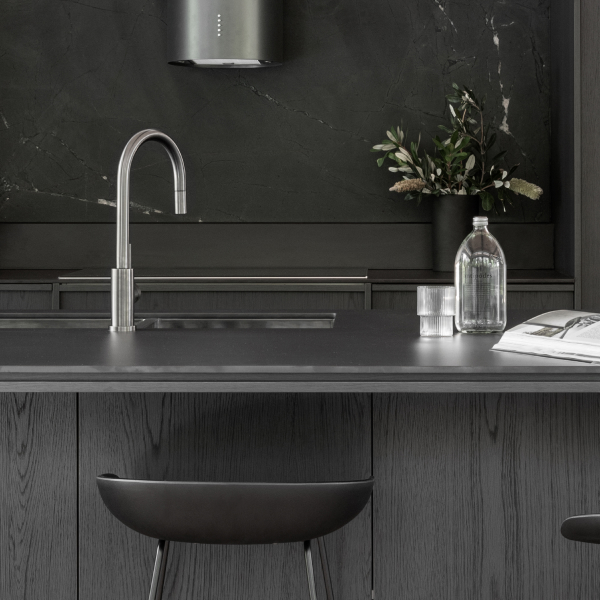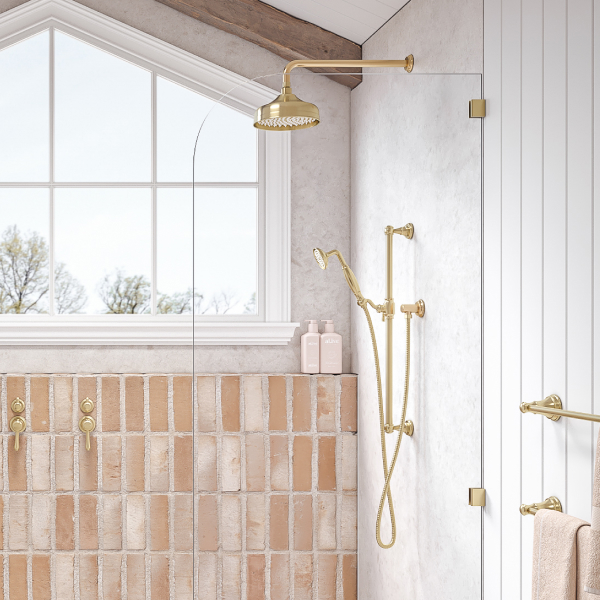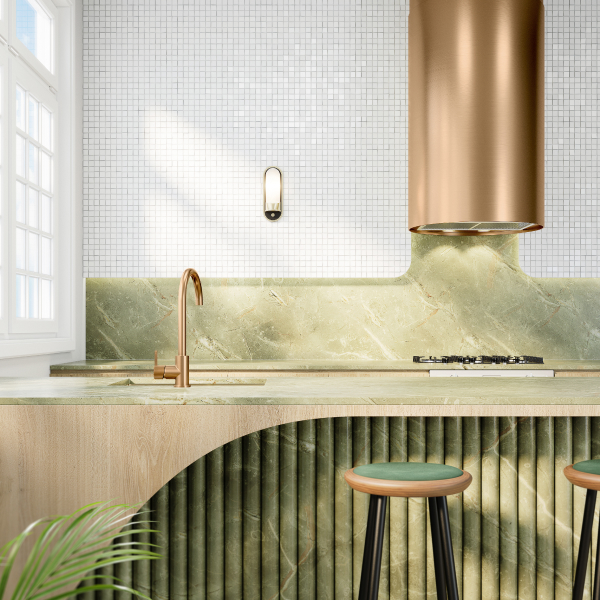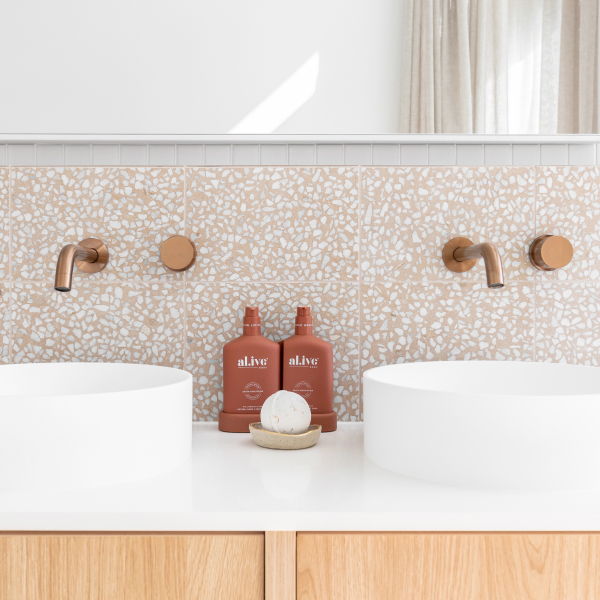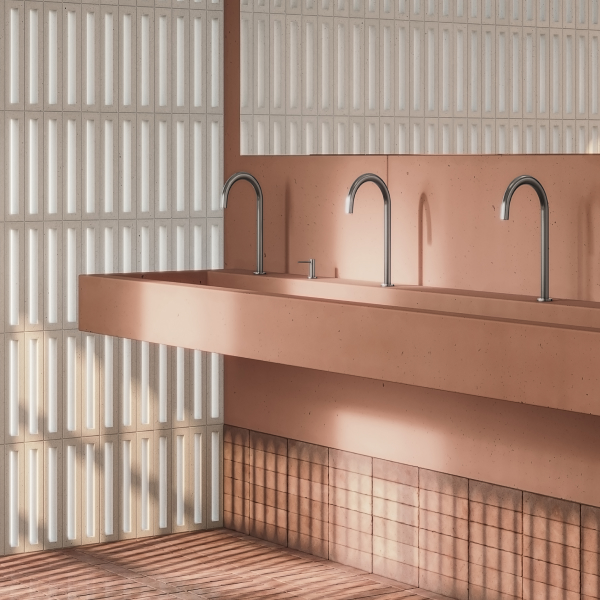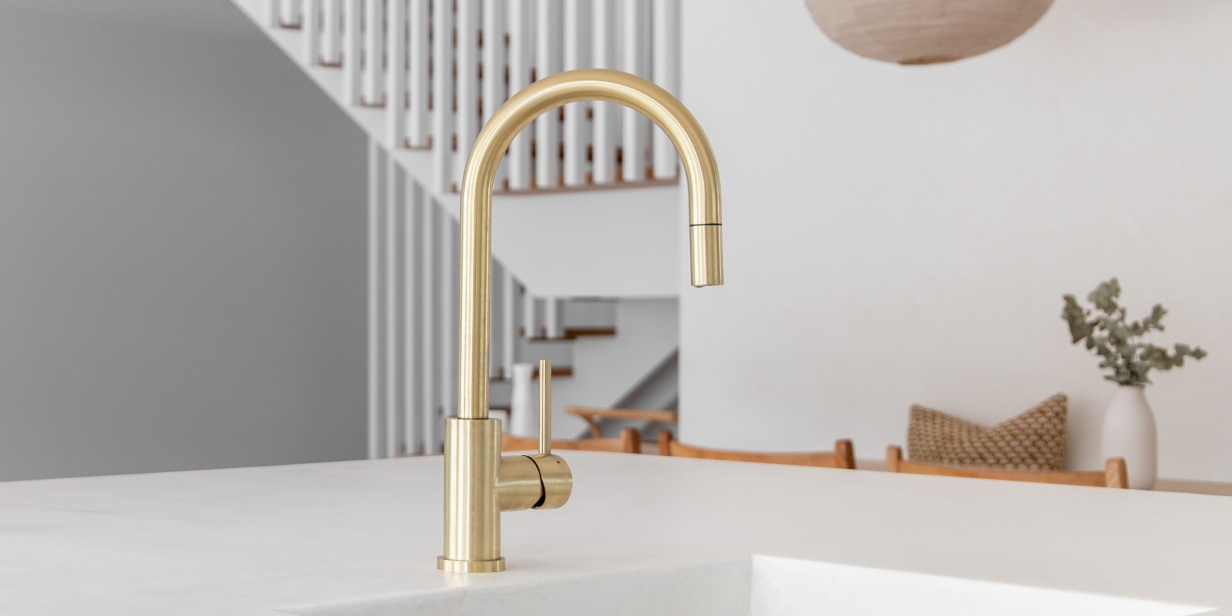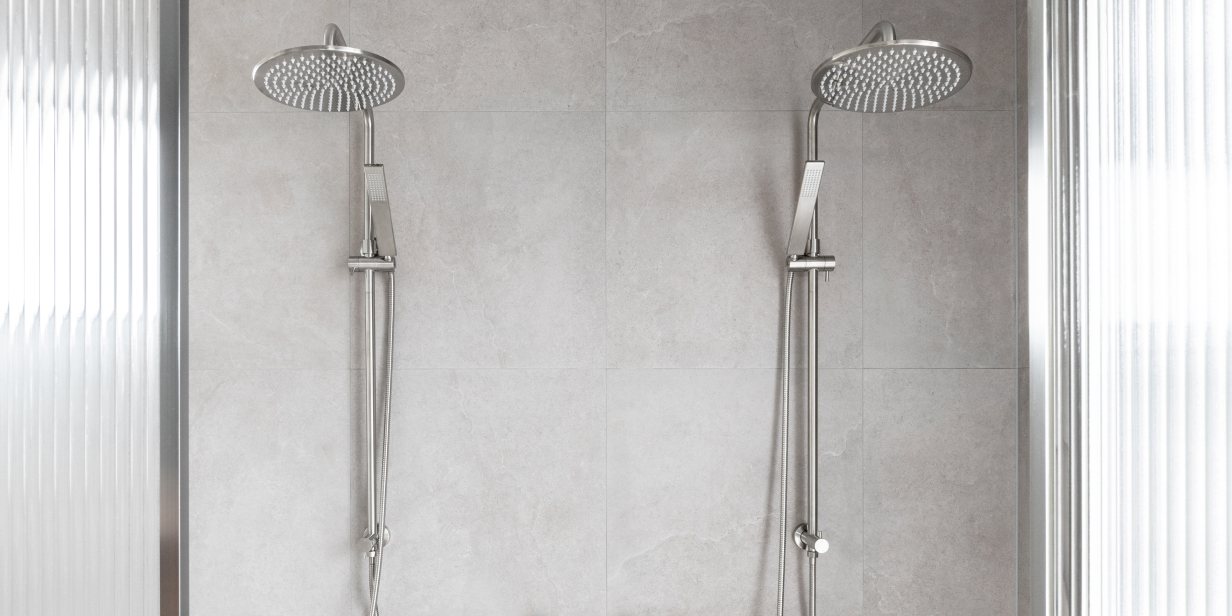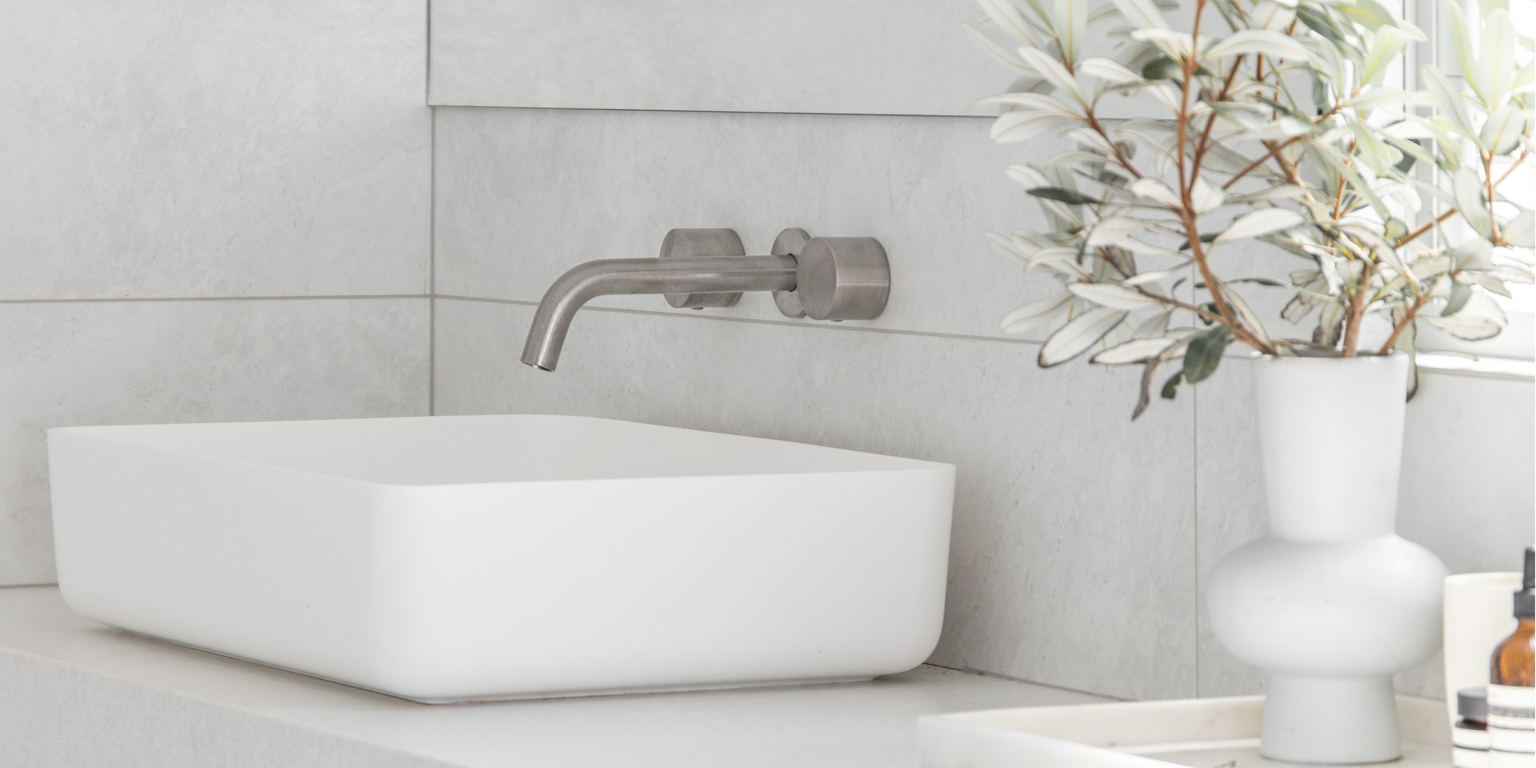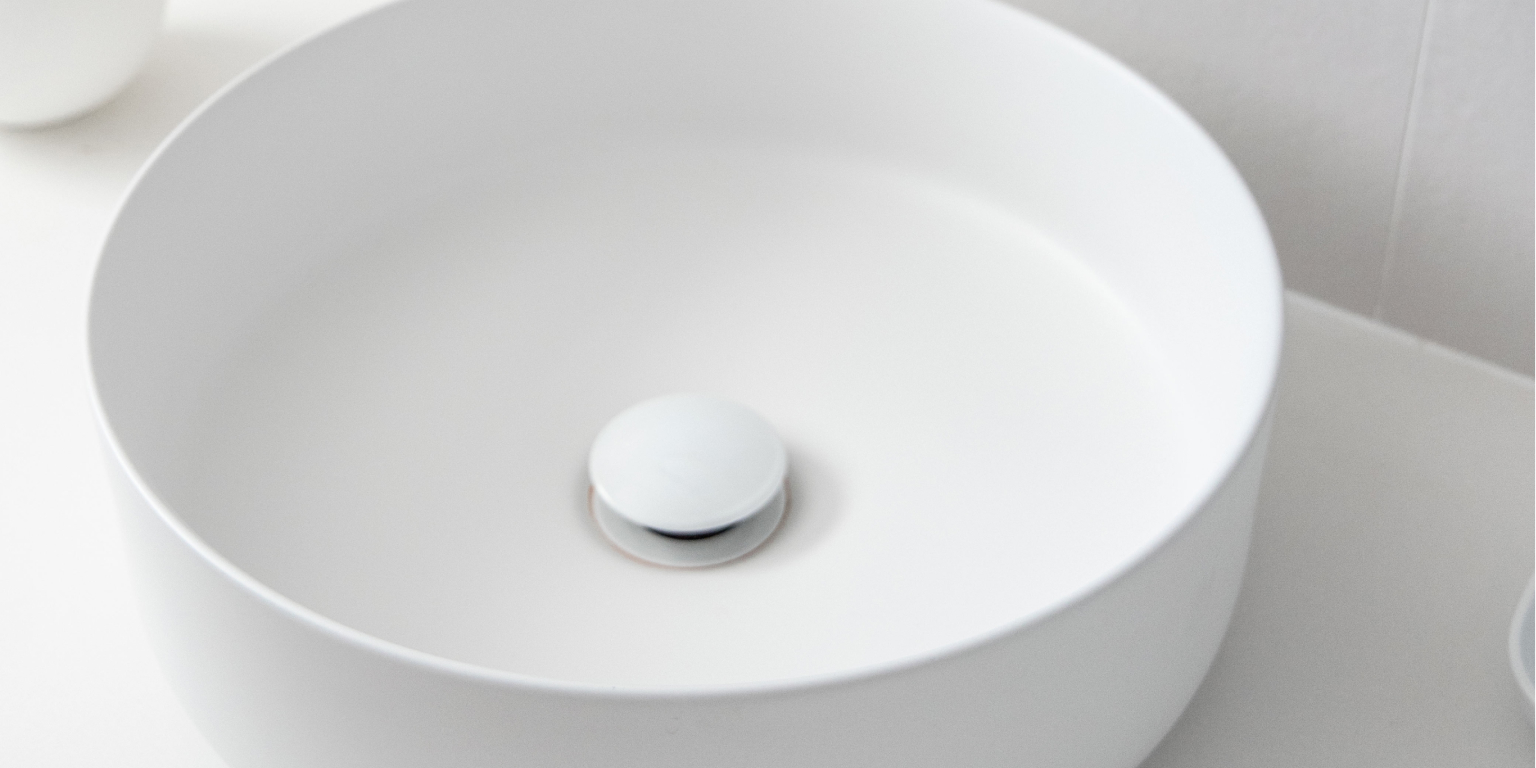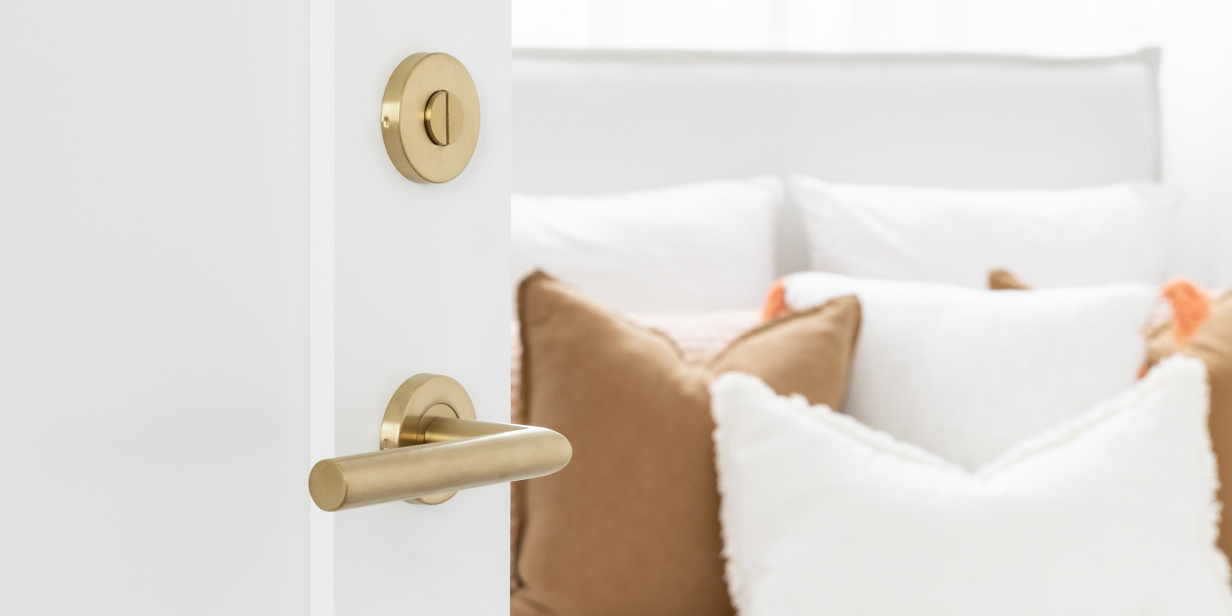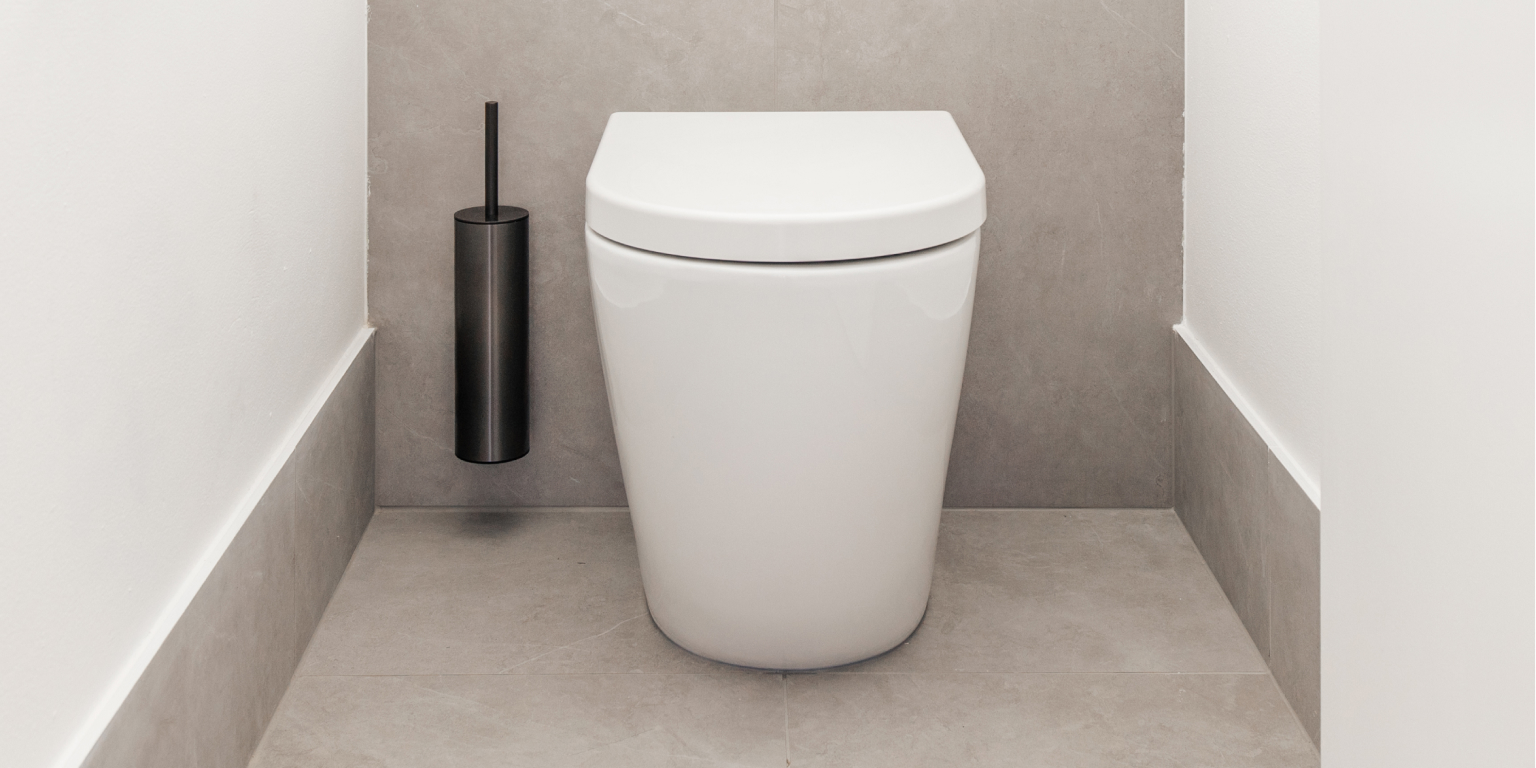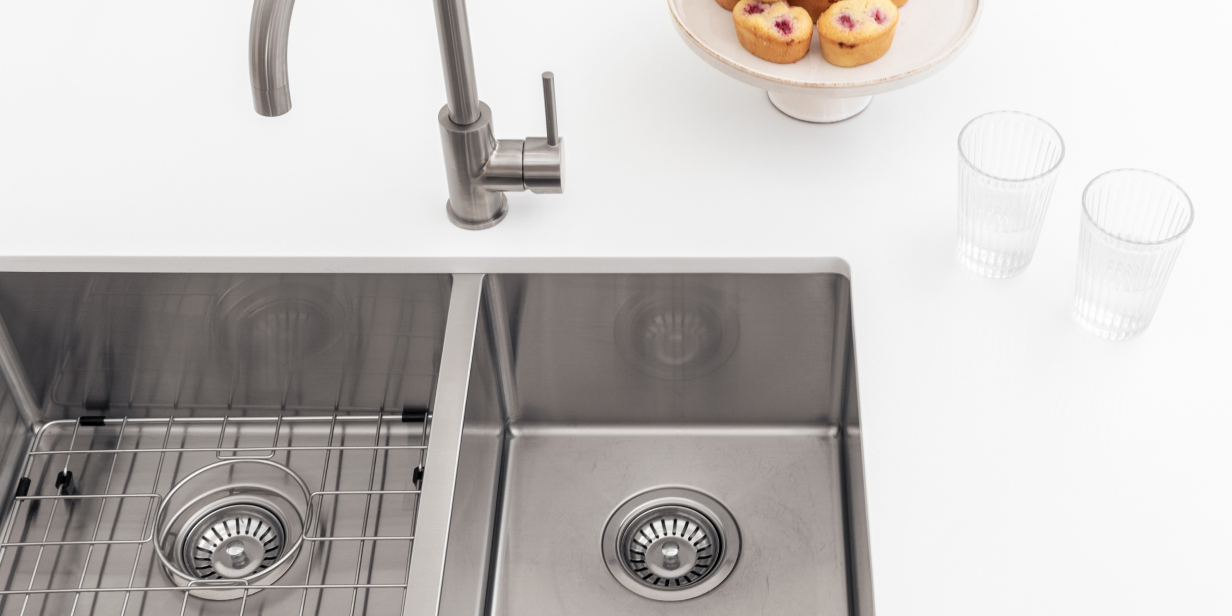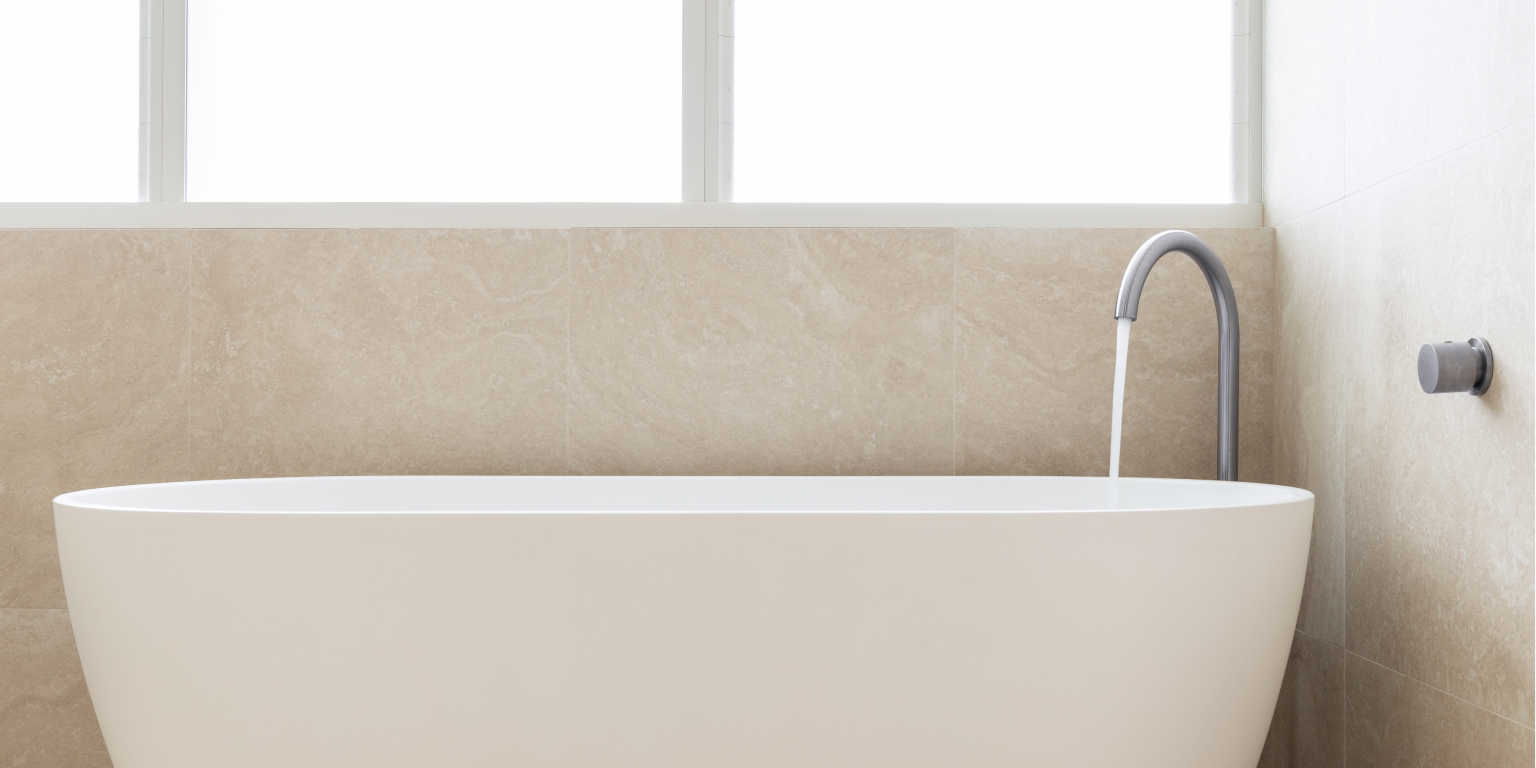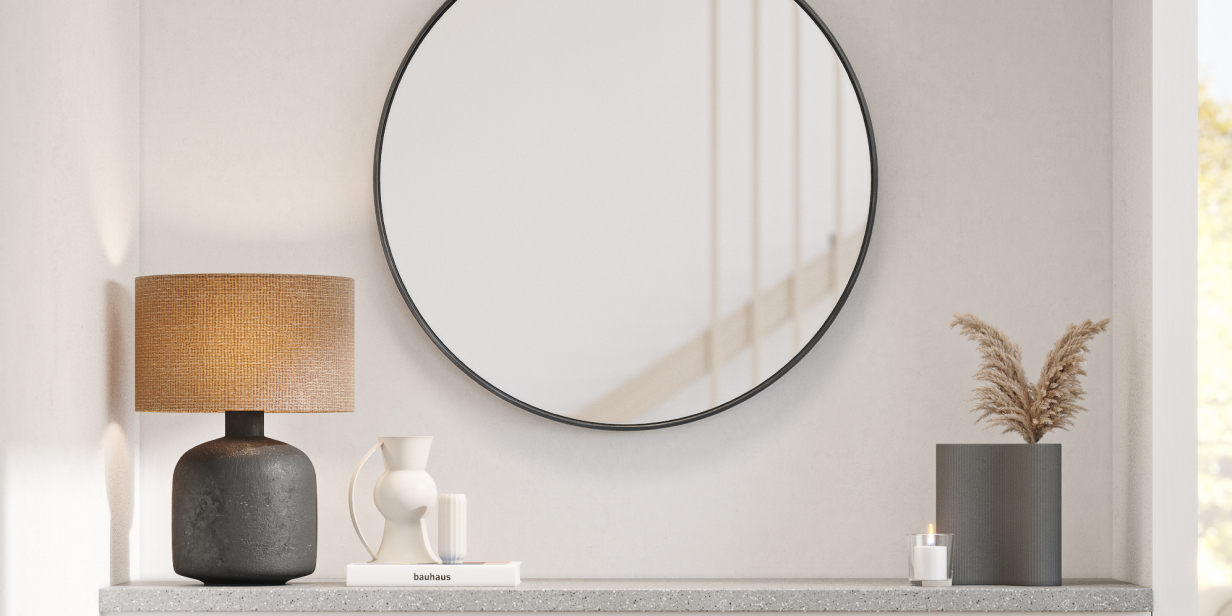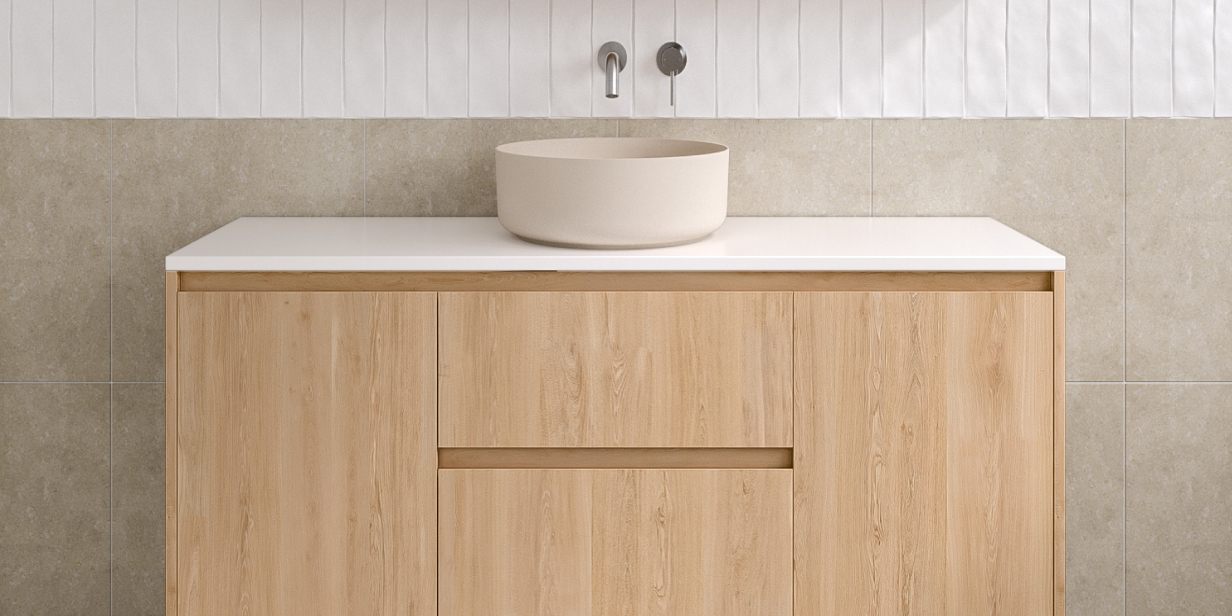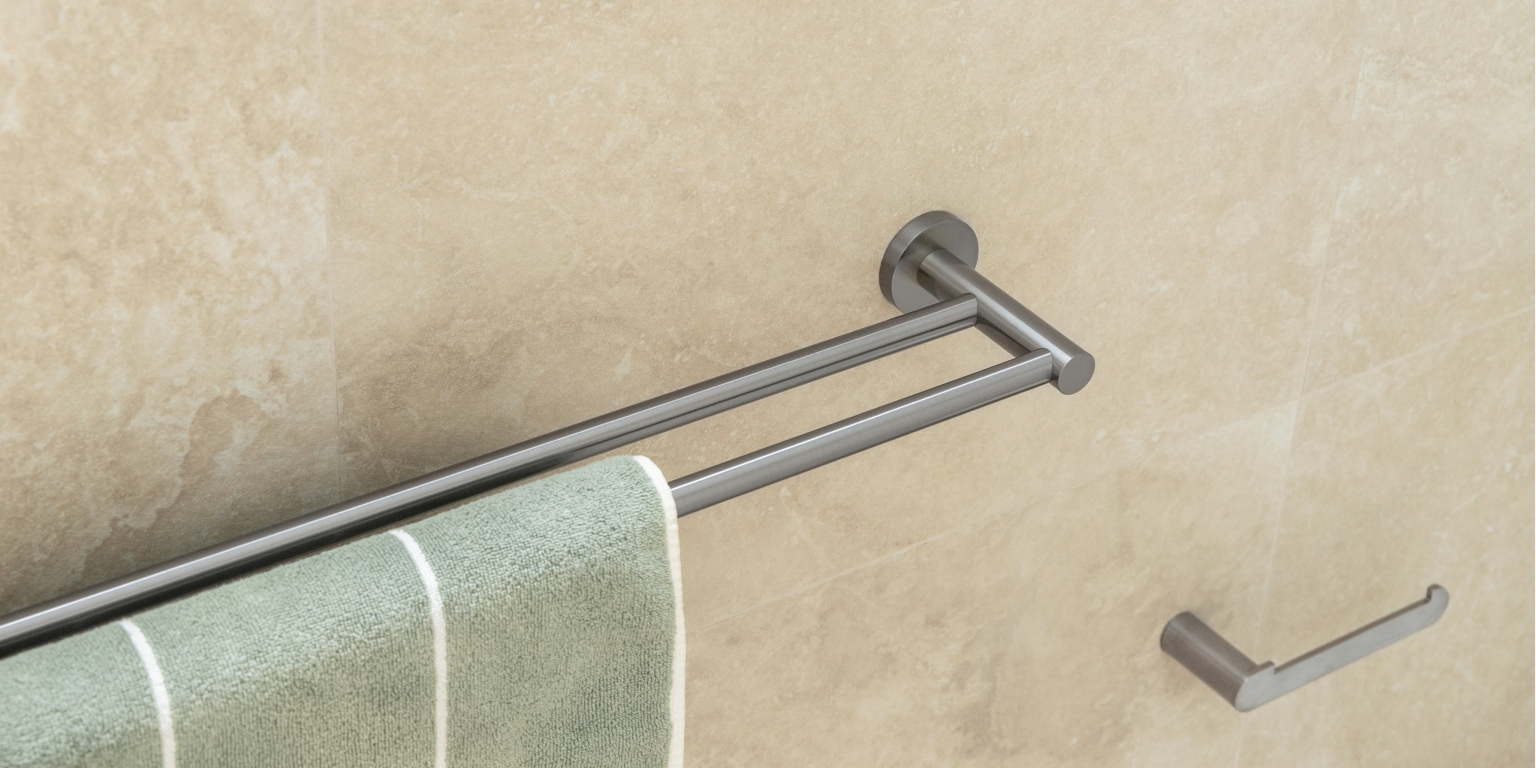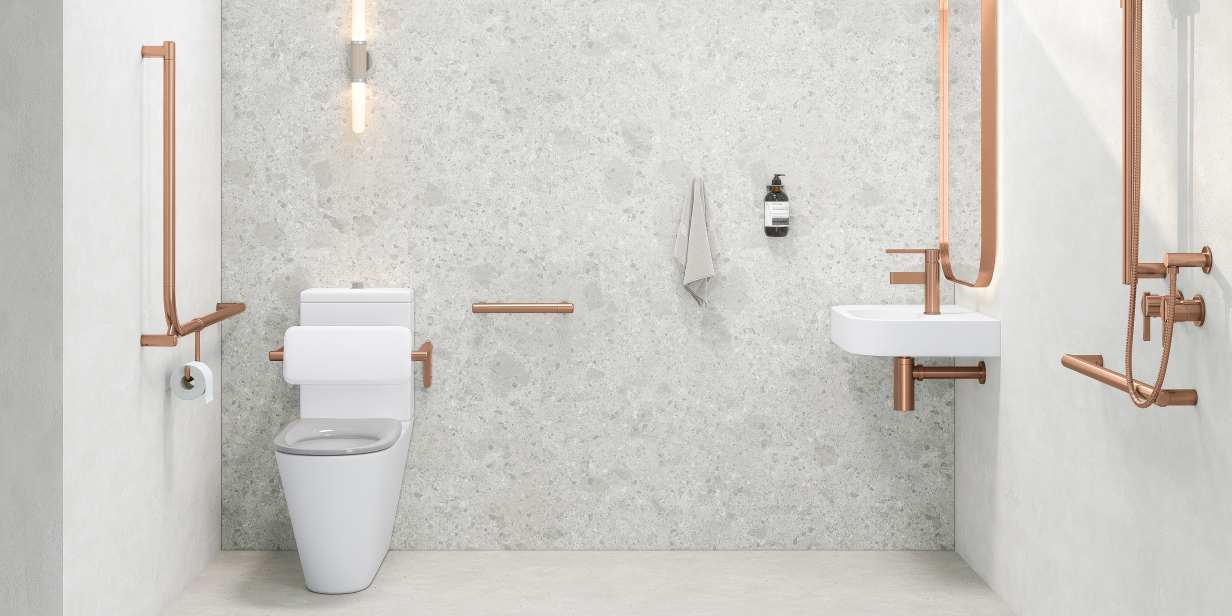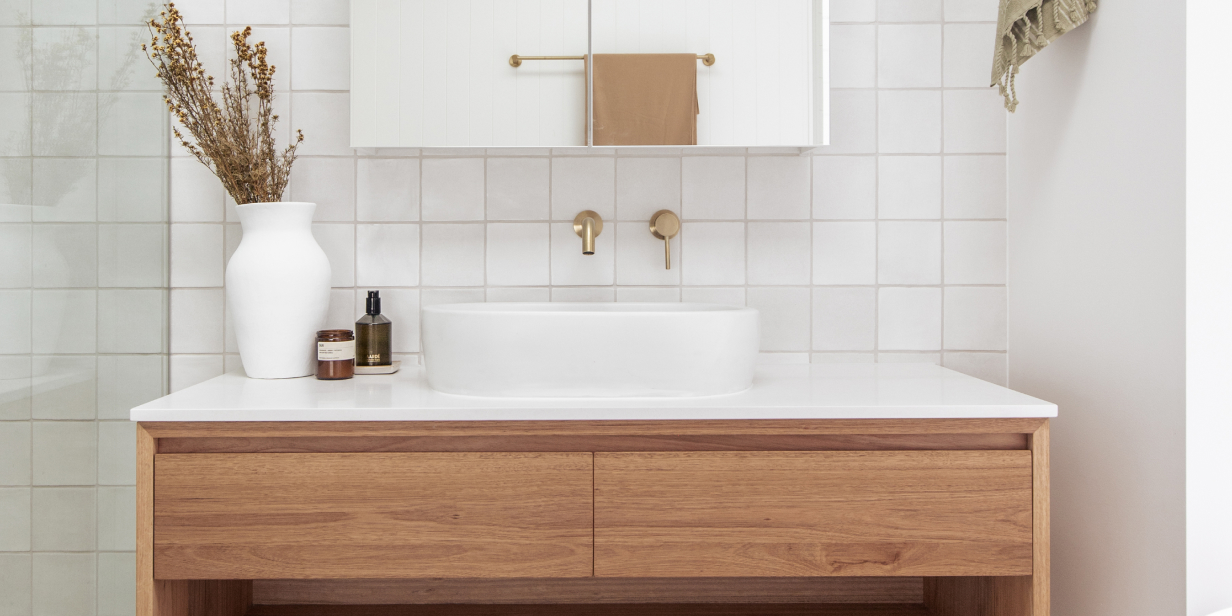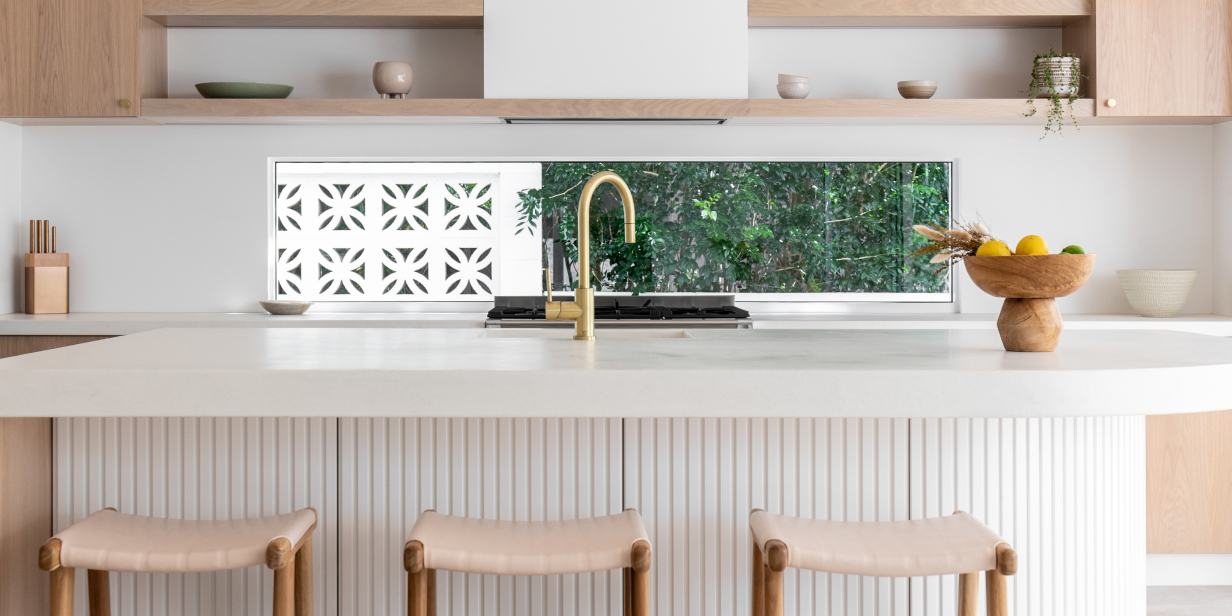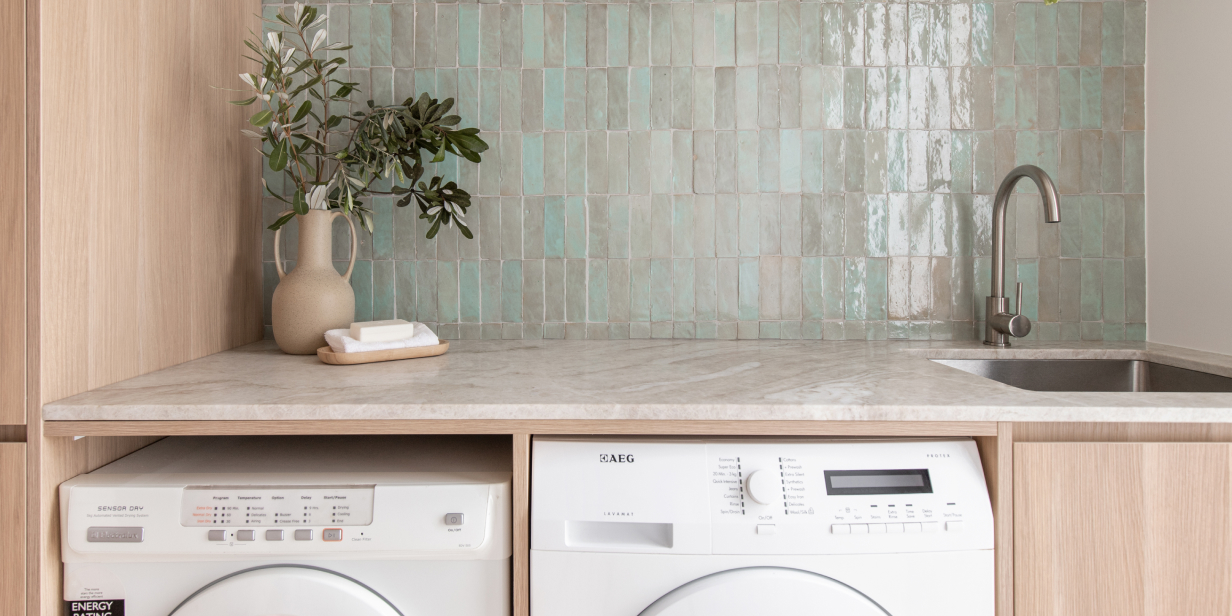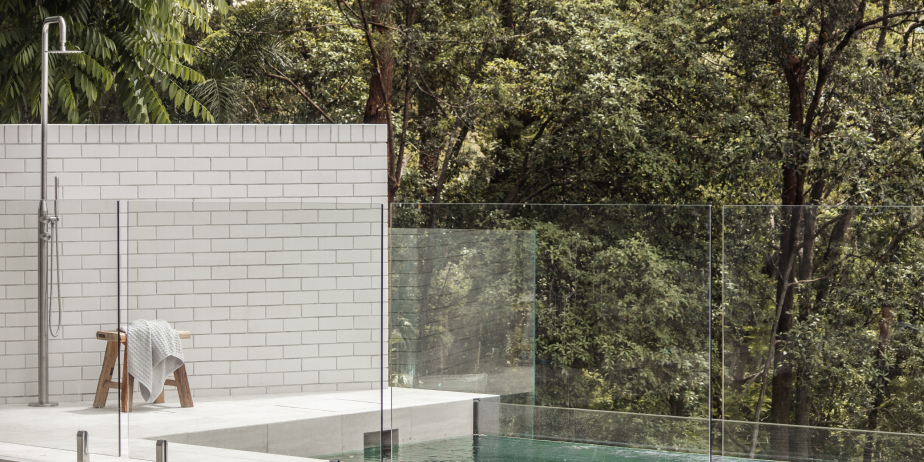Hygge: A Guide to Creating A Cosy Home

On your journey towards creating a cosy home atmosphere, you may or may not have come across ‘hygge’. It’s a Danish and Nordic word that has quickly become one of the most defining notions of those countries. There’s no direct English translation of the term, but the meaning generally describes “a mood and lifestyle of cosiness to promote wellbeing”. It’s pronounced “hoo-gah” and was the 2016 runner-up for the Collins English Dictionary word of the year.
The hygge lifestyle brings people together and is quintessentially comforting. In the home, it’s not about using technicalities of design to create an aesthetic — but as an impetus that results in a feeling of holistic enrichment.
Prioritising the hygge home may be why Denmark and other Scandinavian countries have been reported as some of the happiest in the world. And with the stresses of modern-day, that sentiment has been extremely resonant across the globe in recent years.
In this blog, we provide some key aspects of hygge interior design so you can create a home that feels considered, calm, and more connected.
Understanding Hygge

The current hygge meaning dates back to the 1800s, though other interpretations were found in the Middle Ages to mean “protected from the outside world”.
Denmark and Nordic countries can experience up to 17 hours of darkness in winter, with freezing conditions. This pushes people to stay inside, and emphasising a warm interior atmosphere is emotionally and physically imperative. Hygge reflects the solace and contentment found when entertaining at home or spending time with loved ones during the cold season.
For these countries, hygge is a cultural identity that reaches deeper than just lighting a candle. It ignites a collaboration of all the senses in a welcome setting to foster prosperity. While there has been widespread popularity of the approach, it’s important to note that hygge is not a product you can buy — it’s an atmosphere you create. But there are certain adjustments you can make to your spaces that elicit more everyday comfort.
Natural and Neutral Colours

An earthy and neutral colour palette is the ideal choice to evoke hygge interior design. It’s important to have colours that don’t overwhelm you, and muted natural tones reflect the tranquillity of the outside world. Colour has a large influence on how we feel, so ensuring that you select ones that put you most at ease will benefit you greatly long-term. If you’re stuck, try exploring stone, beige, sage, or khaki colours in your design.
For more colour design ideas, read our article about colour psychology.
Communal Spaces to Build Connection

Communal spaces, such as the living and kitchen area, should be created in a way that feels inviting. Hygge interior design doesn’t necessarily mean you have to opt for open-plan all the way through your home. The configurations should encourage connection and flow by not being cramped yet not too far away from each other.
In the living room, create an arrangement for better conversation by placing armchairs or bean bags adjacent to or opposite your main couch. It allows family members and guests to make intentional eye contact when conversing, which helps with active listening. Ensure that sitting surfaces are soft and comfortable so you can chat long into the evening.
If you’re stuck for dialogue, keep a deck of conversational card games nearby. These are a stack of prompts that contain probing questions to ask and aren’t just reserved for strangers. We recommend the Reflex Conversation Card Game or Where Should We Begin.
In the kitchen, a great way to inspire connection is by having an island bench. It allows others to sit, mingle, or do homework while you work away without your back turned the whole time — especially when fixtures feature on the island bench rather than on the opposite wall.
Comforting Candles and Ambient Light

Typical hygge decor calls for candles and ambient lighting. The atmospheric qualities of warm moodiness make winding down and relaxing after a long day much easier. Bright, stark lighting can make a person feel exposed, which is helpful for doing tasks but unnerving when trying to relax.
Another drawcard of candles is that you can have pleasant smells in the home, an impactful but underrated tool that can dictate how a room feels. Choose scents that personally put you at ease, whether it’s a gentle lavender or a sweet caramel.
Soft, Layered Furnishings

Your choice of fabrics determines how a space visually and physically feels, and hygge style prioritises comfort in both those aspects. It’s not a style where you see bare, wide-open spaces like minimal design, but one with a healthy collection of soft materials. Hygge interiors have a tendency to layer comforting furnishings together, e.g. shaggy rugs, linen curtains, and wool blankets. Layering creates a sense of closeness and cocooning, which can feel very soothing.
Relaxing Reading Nook

While hygge is about cosy connection, it doesn’t necessarily mean being with others all the time. It’s essential to relax and connect with yourself. A tried and true method of this is reading. The hygge home typically features a dedicated reading nook somewhere away from the action. Keep your favourite books in this area, make it inviting with a comfortable chair, and turn your phone off to quieten any head noise from a busy day.
Music for Mellow Moments

Playing music is another mood-influencing practice for the hygge home. Choose your favourite calming music to give auditory texture to your space and enjoy it regardless of if you have people in your home or not. When alone, it acts as a comforting, melodic narration to fill any emptiness, while in shared experiences, it effectively sets the tone.
A Vintage Focus

Aesthetically, hygge decor and furniture preferences vintage details over the ultra-modern. This is because the characterful look of worn-in pieces has a softer quality than angular contemporary designs, which can be comforting and puts you at ease. They’re preloved and get to be reloved in your home. A good start is by looking for coffee tables or bookshelves on Facebook Marketplace or your local second-hand store.
For a broad range of interior design guides, explore the rest of our home inspiration articles.
